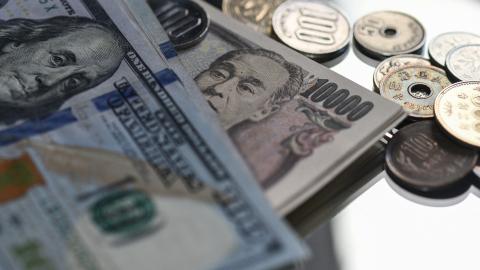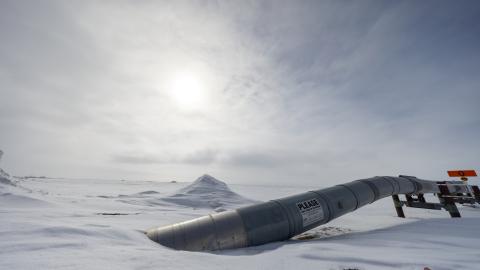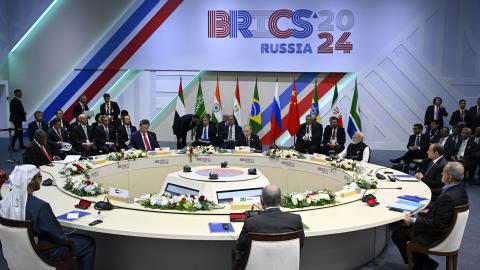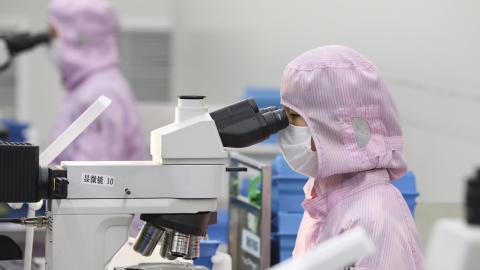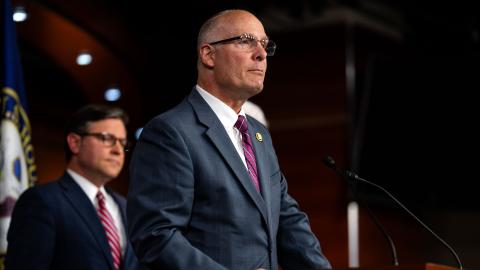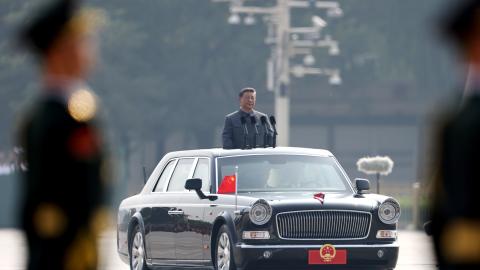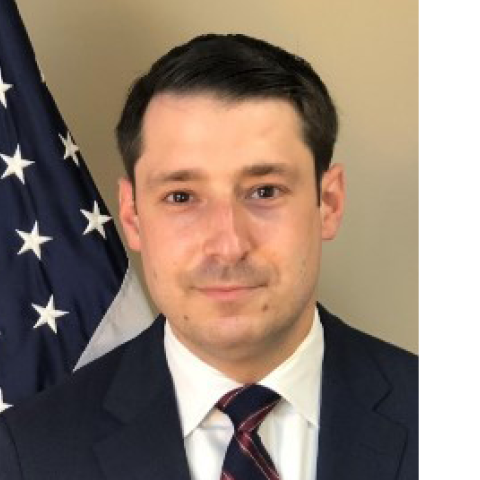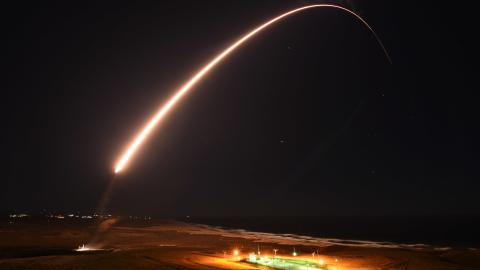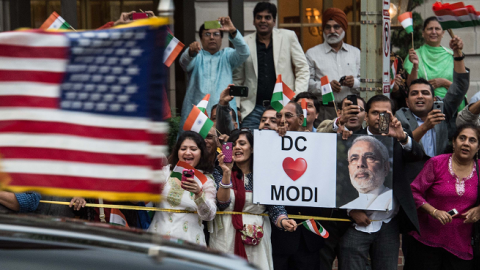High expectations surround the first meeting between President Barack
Obama and Indian Prime Minister Narendra Modi. Washington has pinned its hopes of a strategic partnership with India on containing the military rise of China. There is also expectation of large contracts for U.S. corporations as India modernizes its military. But India’s strategic thinking, and its insistence on independence in defense production, will not be as easy to overcome as some in Washington may be inclined to think. India continues to resist private investment – both foreign and domestic – in its defense industries, preferring instead to boost its government-funded, public-sector enterprises. Modi may want to change that but might not be able to do so on the timetable desired by Americans.
Modi’s election campaign generated expectations of an India which does not just seek to be an emerging power, but is willing to take the decisions necessary to become one. Washington, D.C., like Tokyo and London, expects an immediate change, not just in style but in strategic decision-making by New Delhi on foreign- and economic-policy issues. Key among these is the defense sector.
The British viewed colonial India as critical to the maintenance of their empire and vital to the security of the Middle East. During the Cold War both the Soviets and the Americans were keen to have India in their bloc as its size, geographical location and potential resources made India a significant player. It was not as though Indians did not understand this fact.
However, India under its first and long-serving leader, Jawaharlal Nehru, chose to be nonaligned, preferring to keep away from external military alliances. This meant that while India received developmental- and economic aid from the West, including the United States, military aid was requested only during periods of immediate threat, such as the 1962 India-China war.
The colonial legacy fed the Indian perception of multinational corporations as predatory – wiping out domestic industries – and neo-colonialist in nature. As a result of this lingering mistrust, India chose to focus its efforts on public sector enterprises, from steel to fertilizer. This has continued for decades, even though the majority of these enterprises are inefficient and a drain on India’s resources.
Further, while India continued to purchase military equipment from other countries, the preference was for government-to-government purchases, rather than government-to-corporation. India also preferred joint ventures that supported India’s manufacturing sector. In addition, New Delhi insisted on foreigners sharing technology with their Indian counterparts. While countries such as the former Soviet Union were willing to follow these policies, others – like the United States - were not. This resulted in the former Soviet Union becoming India’s largest supplier of military equipment for decades.
The collapse of the Soviet Union led to a reevaluation of India’s foreign policy. To prevent a scenario wherein India would be too dependent on a single country, there was a shift towards broadening the country’s suppliers and partners. The collapse also led to a reassertion of the belief that India should develop its domestic industry and become less dependent on other countries.
A defining moment in India’s defense partnership with the United States came in January 1995, when U.S. Secretary of Defense William J. Perry and Indian Minister of State for Defense M. Mallikarjun agreed to set up a Defense Policy Group (DPG) and Joint Technical Group (JTG). A decade later, this was continued when Indian Defense Minister Pranab Mukherjee and U.S. Secretary of Defense Donald Rumsfeld signed the “New Framework for the U.S.-India Defense Relationship,” establishing a new subgroup for the Defense Procurement and Production Group. This joint project has continued in recent years with annual meetings.
The two countries share many common global interests, demonstrated by India’s leading role as a partner in military exercises with the United States. What is now required is a deepening of ties in the arena of defense manufacturing and trade relations.
In the next decade, India plans to spend $250 billion on upgrading its Soviet-era military equipment and narrow the gap with China’s defense sector. In July, the Modi government raised the limit on foreign ownership in defense manufacturing to 49 percent from the existing 26 percent, in an attempt to boost investment in the defense sector. However, India still insists on “offsets” from foreign contractors to ensure that the technology is transferred or some of the deal’s value remains in the country.
In his speech on the occasion of India’s 68th Independence Day on August 15, 2014, Prime Minister Modi invited foreign investors to come to India, establish factories and sell to the world.
Many American investors are eager to invest in India and have offered jointly to manufacture products. However, no American company will share its intellectual property unless it is certain its rights and technology will be protected.
There have been purchases of American equipment, ranging from Boeing’s C-17A strategic transport aircraft and P-8I Maritime Patrol Aircraft to Lockheed Martin’s C-130J Hercules planes. However, there is still more that can be done. Partnerships between Indian and American corporations can promote deep ties, making them ideal champions of India-US ties in the long term.
India has the right to define its national interests and cultivate a broad range of partnerships with defense suppliers. However, only major economic and strategic ties will yield political alliances that could support India in times of crisis. India should never forget that during the 1962 India-China war, the nonaligned world remained ‘nonaligned’ whereas the United Kingdom and the United States supported India militarily.
The Indian prime minister, in his recent interview with Fareed Zakaria on CNN, remarked that ties between India and the United States are much more than those simply between two governments. Both Washington and Delhi will benefit from this strategic alignment.
Despite being democracies and sharing values of pluralism and secularism, India and the United States never have been allies or major partners on the global stage. This is not for lack of trying on the part of individual leaders from either side, whether Presidents Eisenhower or Kennedy, or in recent years Presidents Clinton and Bush. Similarly, both Prime Minister Vajpayee and Singh sought close ties with the United States. In his interview, Mr. Modi asserted that India and the United States are similar in many ways and their ties will only deepen over time.
But meaningful relations cannot simply be ties between leaders. They must translate into linkages between institutions, corporations and societies. By the 1990s, India-US ties had been forged on a cultural and community level, due to the large Indian communities and student population in the United States.
Large-scale institutional and corporate partnerships are still missing. If Mr. Modi, and the Indian business sector he favors, can build these ties, a new level of India-U.S. relations likely will be attained.
